- Home
- slideshows
- miscellaneous
- Stunning photos reveal the fragility and resilience of the Earth and its animals
Stunning photos reveal the fragility and resilience of the Earth and its animals
Increasing carbon emissions — which come from burning fossil fuels like coal, oil, and natural gas — are trapping more heat on the planet, leading to global warming.

Factories and gas-powered vehicles produce other air pollutants like nitrogen oxide, sulfur dioxide, and hydrocarbons. These chemicals can react with sunlight to create smog.
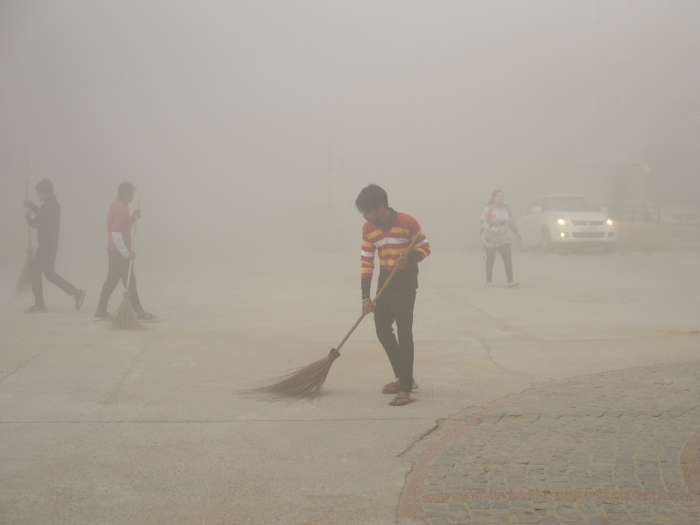
Unprecedented levels of smog have choked densely populated cities in recent years, especially those in China and India.
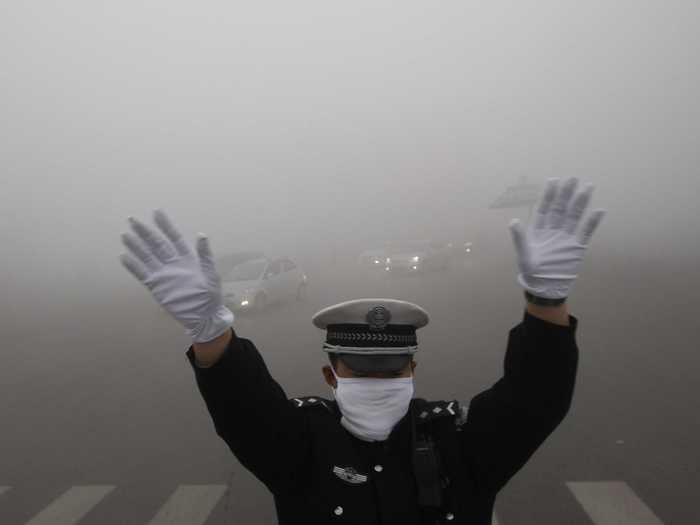
In some cities, the smog can get so thick that people can't see the sun and have to wear masks.
Illegal dumping in waterways can also pose a major health hazard. This river was polluted with red dye from a chemical plant in Luoyang, China.
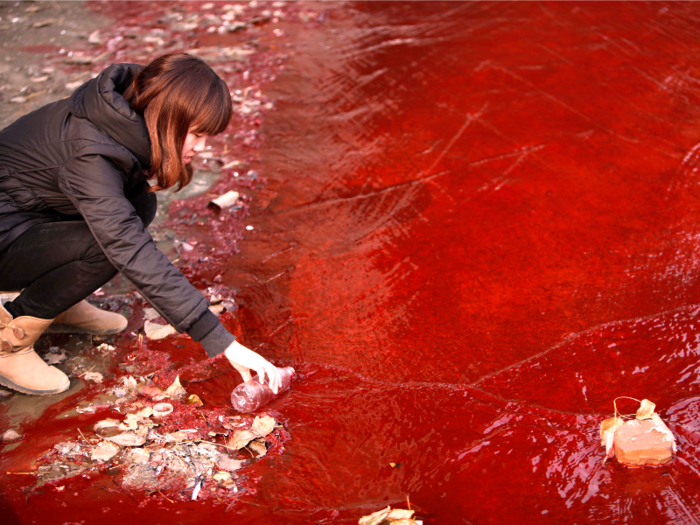
Source: International Business Times
The water in some regions of the world is so full of agricultural and chemical runoff that it creates explosions of algae, which can harm marine species and ecosystems.
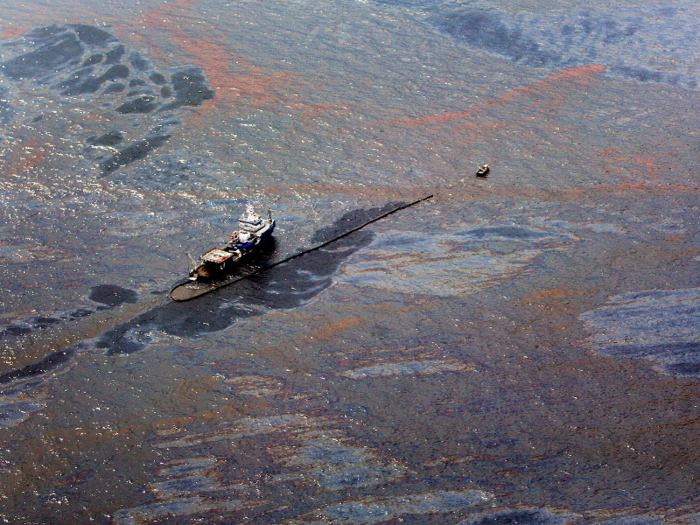
The green algae pulled from Chaohu lake in Eastern China in 2009 almost looked like acrylic paint.
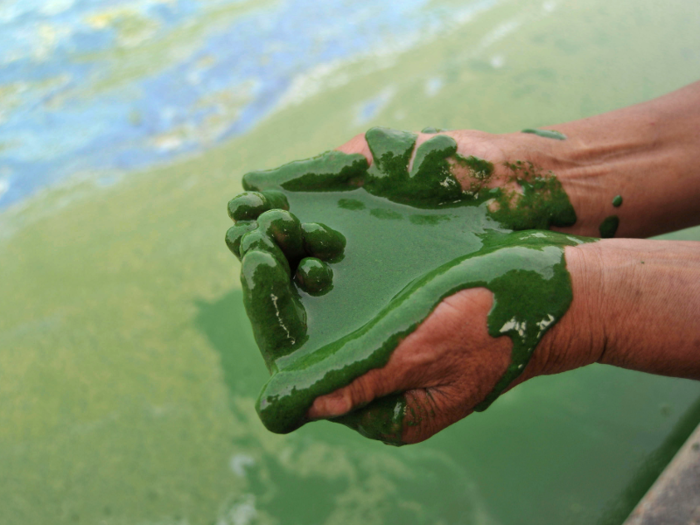
That algae bloom completely choked the lake at the time.
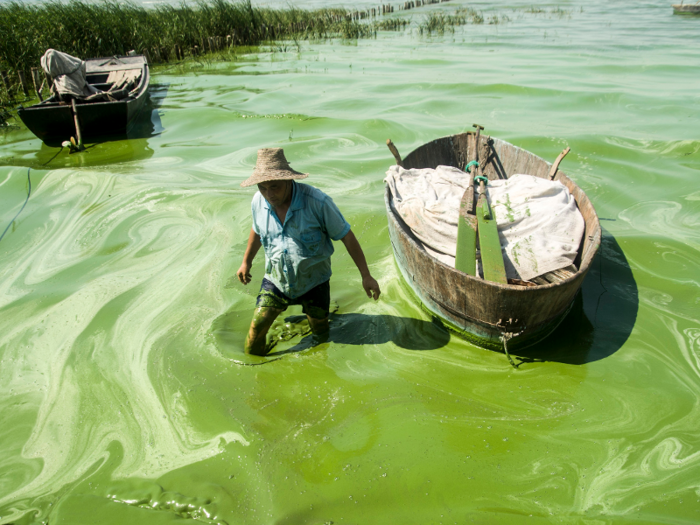
In 2007, scores of fish died in this lake in Wuhan, China due to excess run-off and sweltering temperatures.
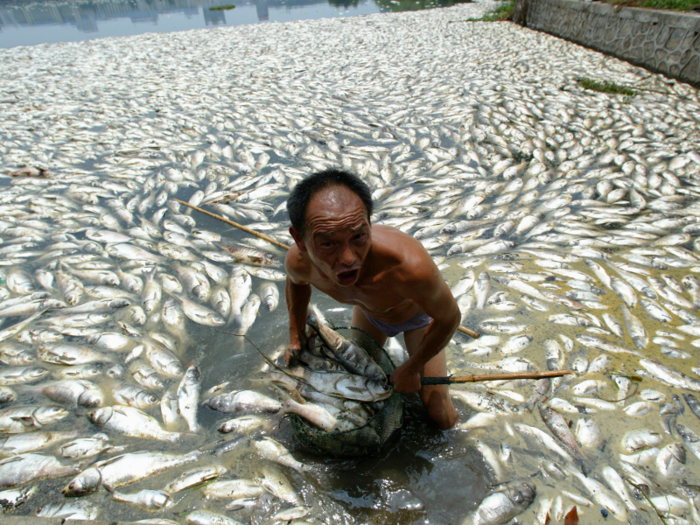
Source: Business Insider
Humans have been dumping an unprecedented amount of plastic into the ocean, too. On average, 8.8 million tons of plastic enters the ocean every year.
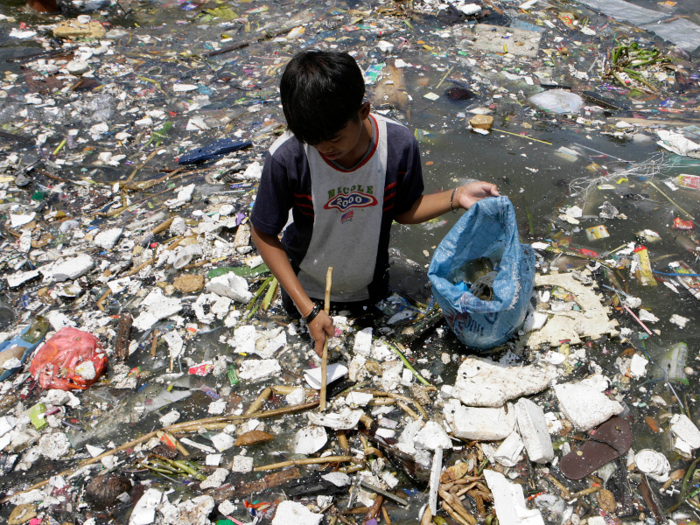
Plastic in the ocean threatens marine life — animals sometimes confuse the items for food and consume them. This can cause them to change their behavior, suffer strangulation, and die.
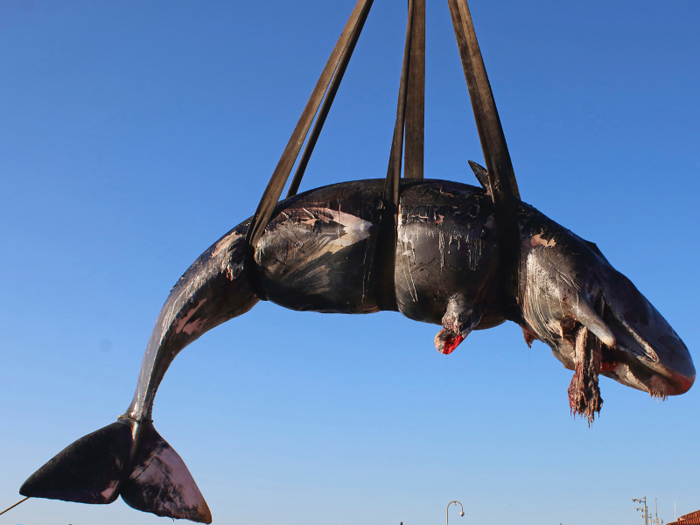
There is a total of 5.25 trillion tons of plastic currently swirling in Earth's oceans.
Climate change is already contributing to longer, more frequent droughts. Even if carbon-emission rates drop, droughts in Mediterranean countries, most of Africa, west and southern Asia, and Central America are projected to happen five to 10 times more frequently.
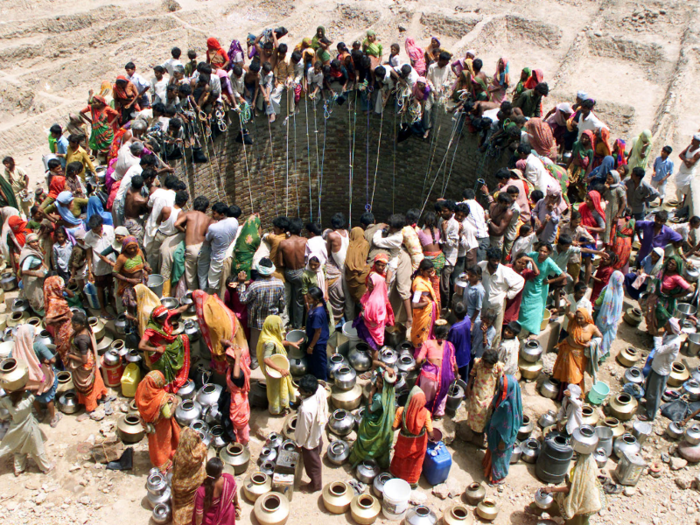
Source: Geophysical Research Letters
One of the worst droughts in Brazil's history caused this lake bed by the Itumbiara hydroelectric dam to dry up in 2013, leaving these prone clam shells behind.
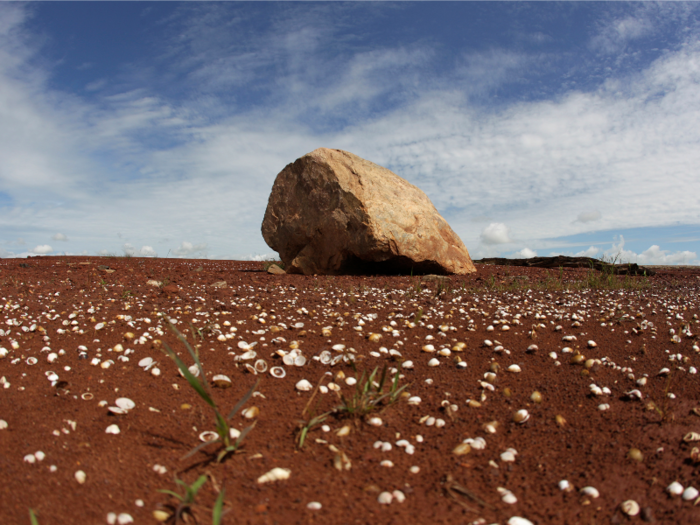
Last year was hottest on record for Earth's oceans.
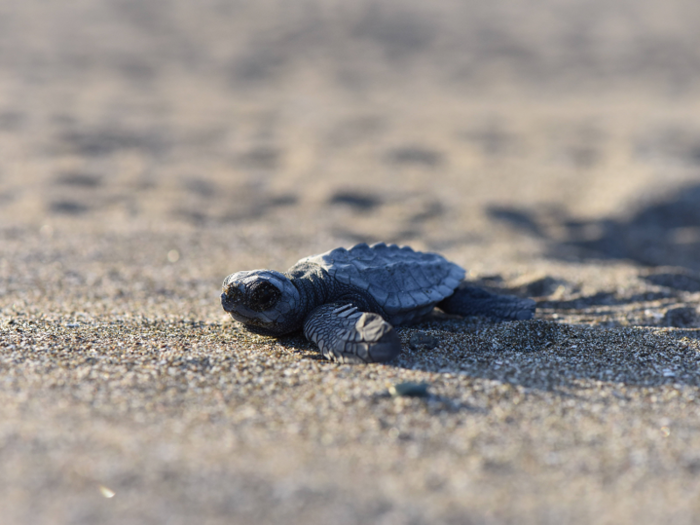
Warming surface and ocean temperatures are causing Greenland's ice sheet to melt faster than scientists thought. In a couple of decades, the ice could become a major contributor to sea-level rise.
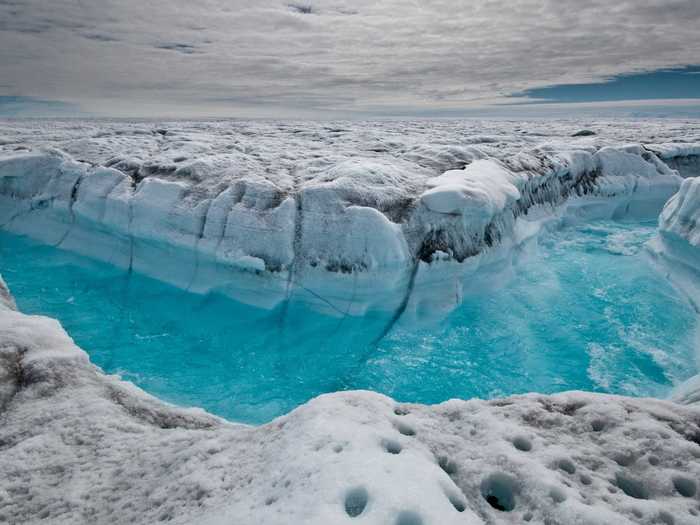
If all of Greenland's ice were to melt, it would raise sea levels 23 feet, submerging some coastal cities and low-lying Pacific islands.
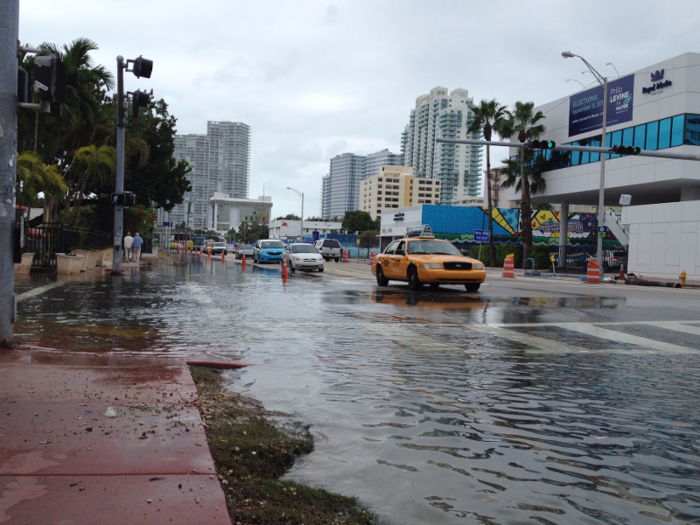
In February, Australia's Bramble cay melomys, a tiny rodent, was the first species to go extinct due to climate change. Its low-lying island habitat sat just 10 feet above sea level and was inundated by ocean water during high tides and storms.
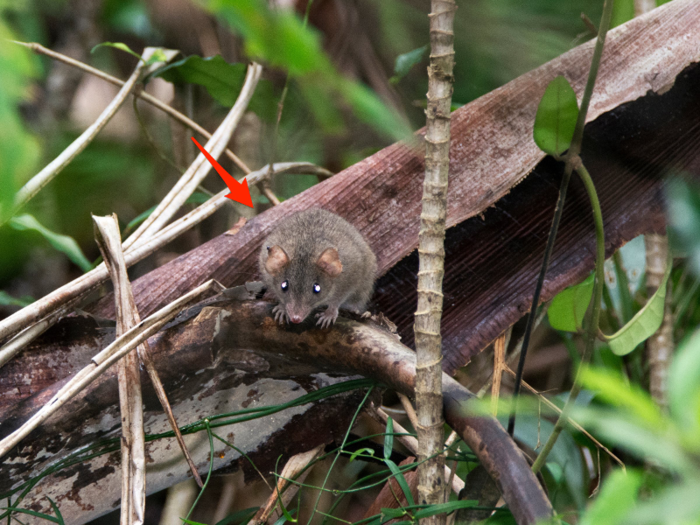
For many endangered animals, it is becoming even more difficult to survive as the Earth heats up and weather gets more erratic.
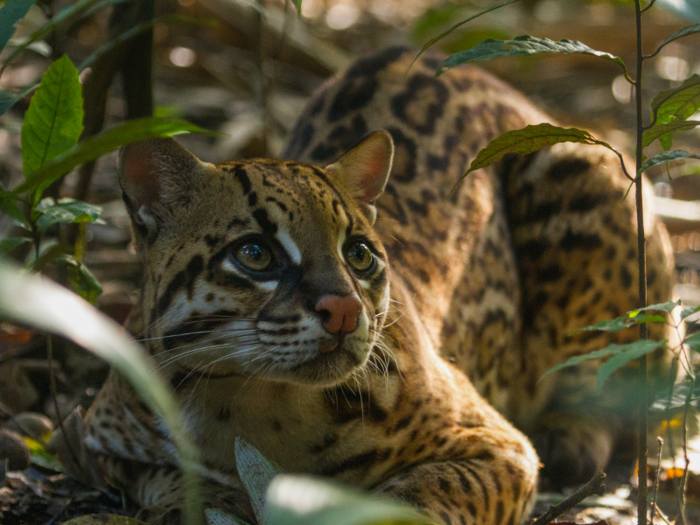
More than 26,500 of the world's species are threatened with extinction.
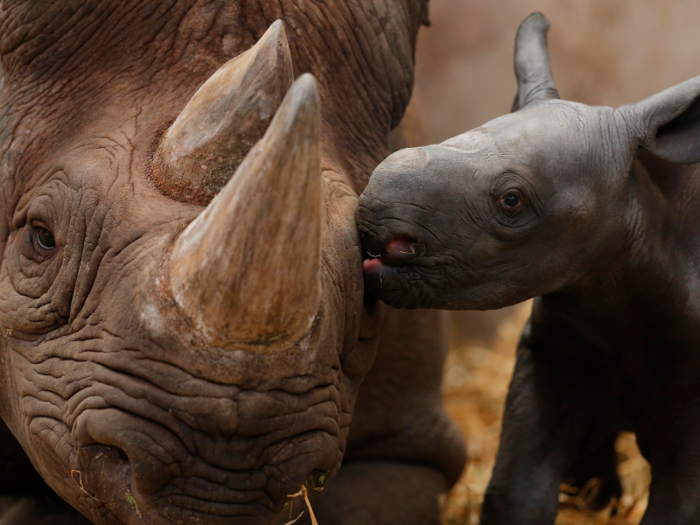
A 2017 study found that animal species around the world are experiencing a "biological annihilation," in part due to human actions that destroy and degrade the environment.
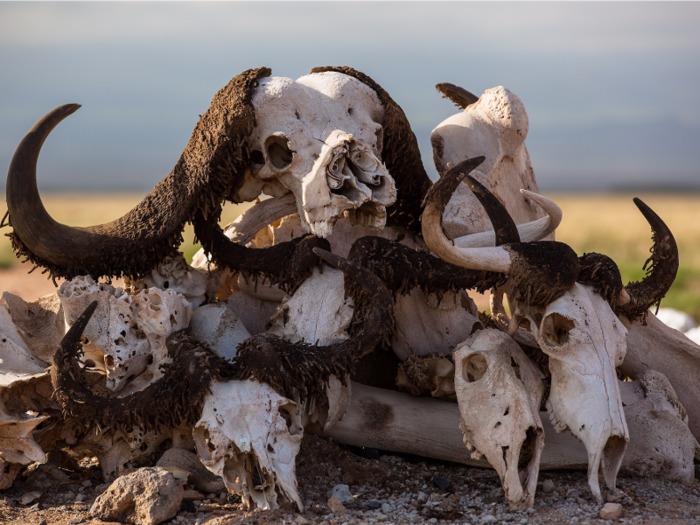
Source: Business Insider
The number of threatened and endangered animals is expected to keep going up as humans continue to log forests and emit heat-trapping gases into the atmosphere.
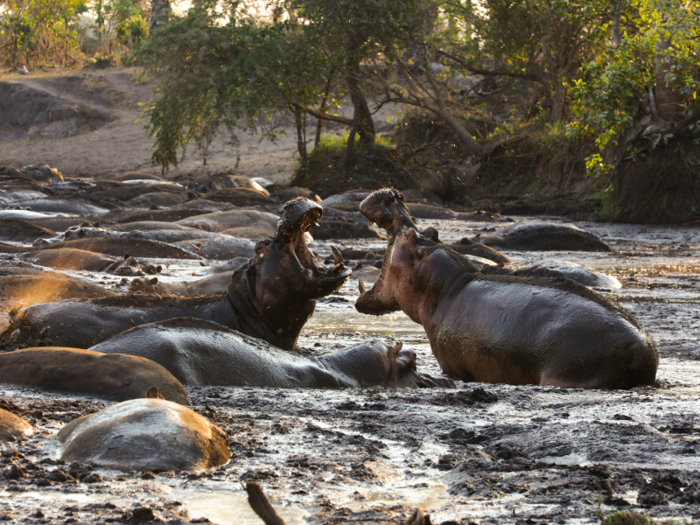
In roughly 50 years, 1,700 species of amphibians, birds, and mammals will face a higher risk of extinction because their natural habitats are shrinking.
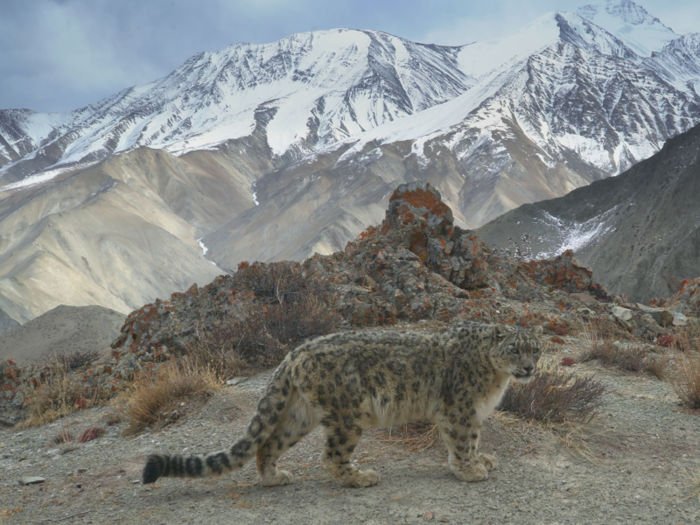
Many species, like polar bears, have been forced to extreme ends. This bear resorted to cannibalism.
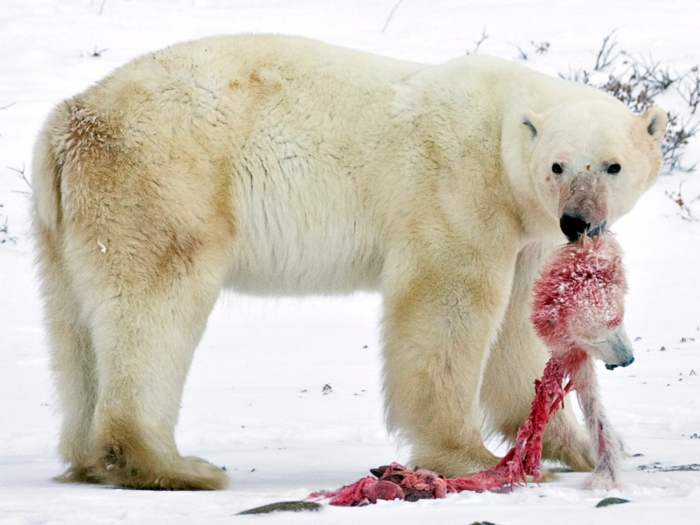
To capture the day-to-day lives of animals in increasingly challenging environmental conditions, the National Geographic team behind the new docu-series "Hostile Planet" visited all seven continents.
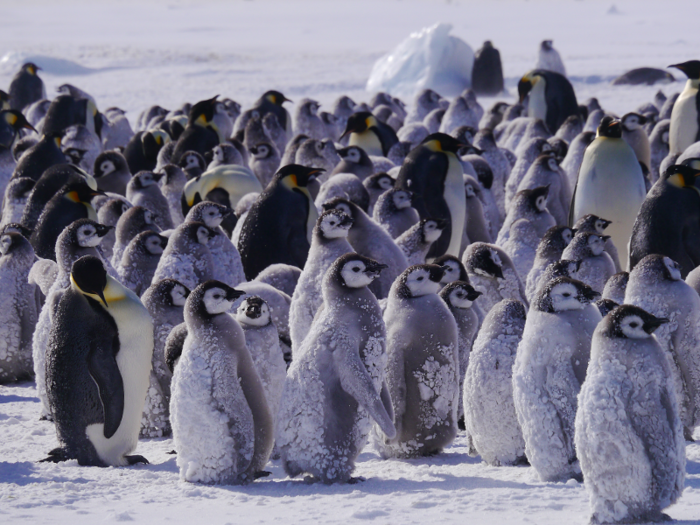
Wildlife adventurer Bear Grylls, who hosted "Hostile Planet," said some of Earth's animals — predators and prey — are adapting to their new reality.

The show reveals "what life is like for the animals at the front line, struggling to survive in such a rapidly changing world," Grylls said, adding, "I'm awestruck by these animals' spirits."
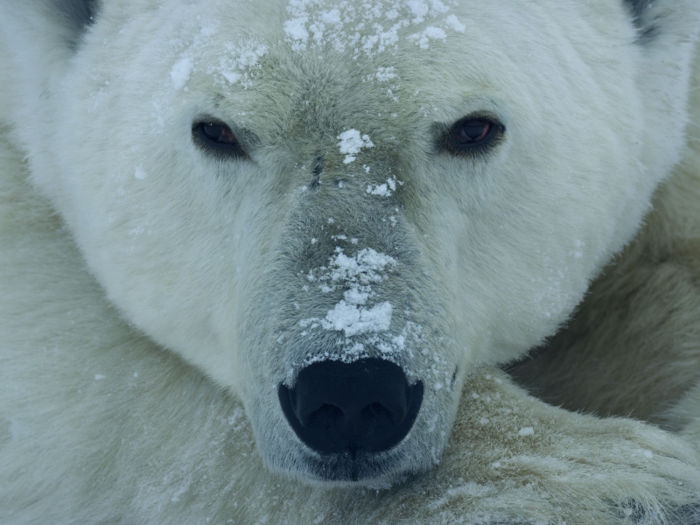
But some species are more vulnerable than others.
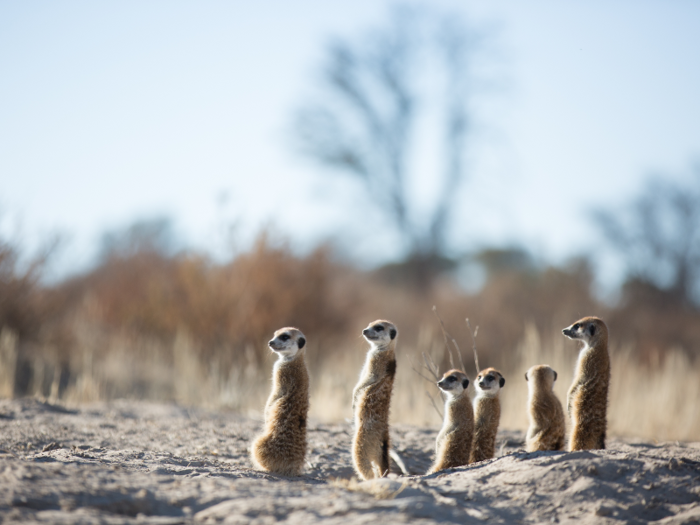
Eventually, many animals won't be able to continue adapting to the changes humans are causing.
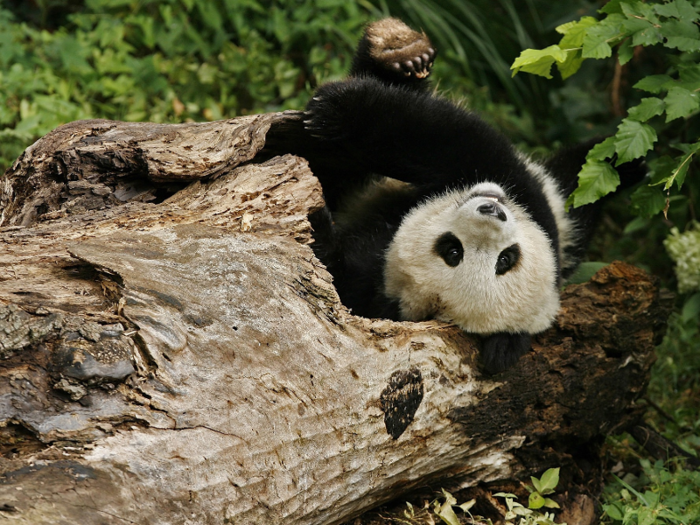
"Even the most resilient animals are battling to adapt to their ever-changing habitats when it comes to hunting and foraging, competition, shelter, finding water, and protecting their young," Grylls said.
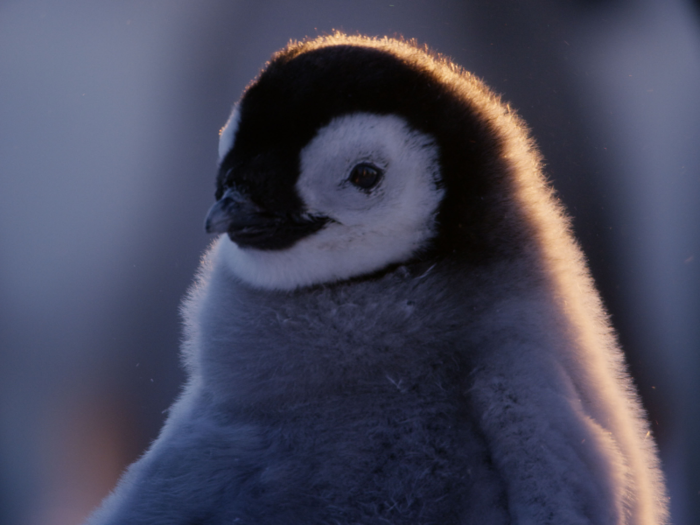
Preserving and protecting natural habitats and ecosystems is essential to maintaining its diversity of species.
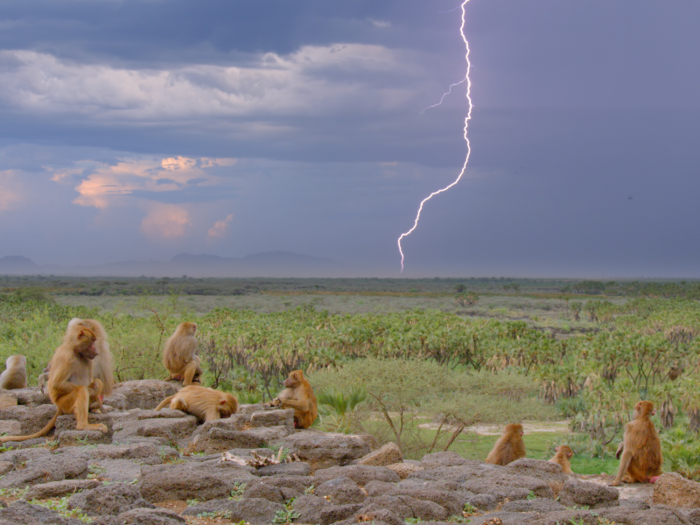
The most effective way to avoid the worst consequences of climate change is to start curbing our carbon emissions and reducing air pollution levels immediately.
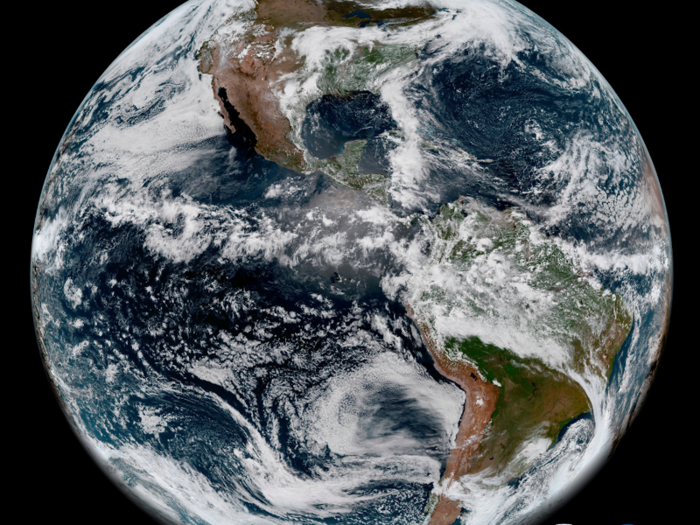
Popular Right Now
Popular Keywords
Advertisement